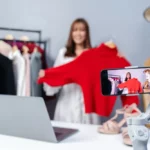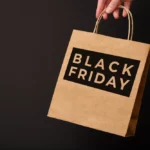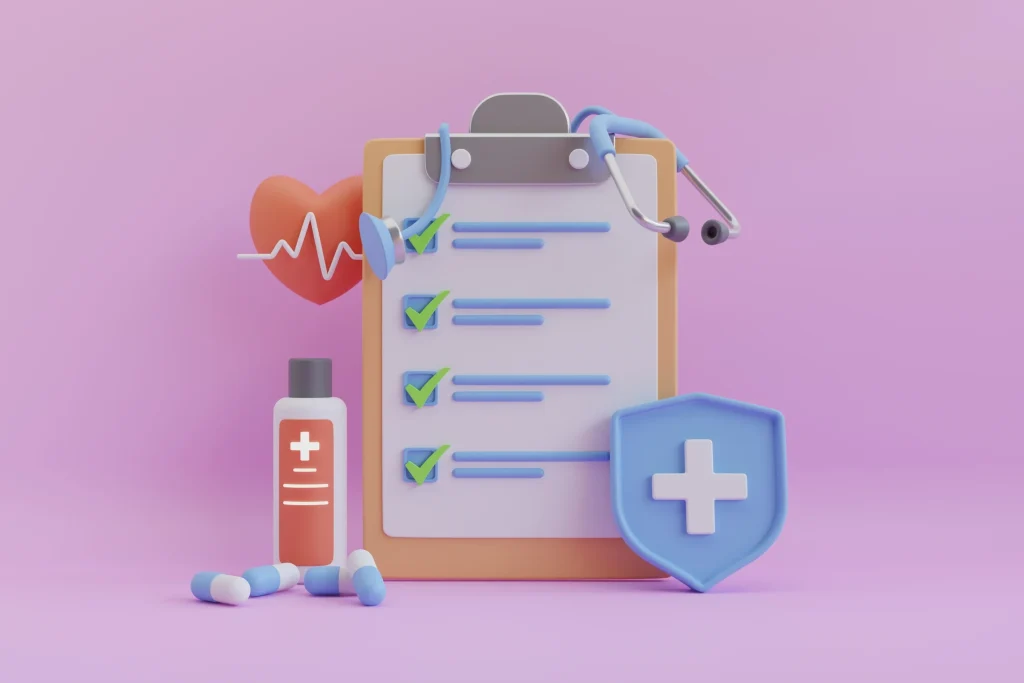In the context of a marketing strategy, the issue of conversion is crucial. Indeed, to convert means to achieve a set goal. This goal varies depending on the activities. Maximising conversions can mean boosting sales or increasing foot traffic in stores.
Today, marketing teams must be increasingly resourceful to achieve their conversion goals. The volatility of visitors makes the issue of retention very challenging. Advertising saturation distorts the online commerce landscape. These are just a few of the challenges that must be overcome to ensue a step-by-step response to the main conversion issues.
In this article, we invite you to discover four effective methods to maximise conversions while standing out from the competition.
Boost revenue with promotional codes
Catch the attention: a strategic challenge
Opportunities to generate visibility and boost traffic towards a website, store, are numerous. In fact, the launch of a product, a new collection, private sales, a brand or seasonal highlight can be part of this.
In the current contest of advertising saturation, successfully capturing attention of potential customers who arrive on a page is a strategic challenge. Next comes the question of increasing the time spent on the page. It is possible to draw them in with an advertising campaign to which they are not accustomed. For this type of objective, the interactive formats prove to be an excellent compromise between originality and ease of implementation.
The first method, the simpliest to conceptualize and implement, is a campaign broadcasted on the brand’s communication channels (social media, newsletter, etc.). To access it, the visitor is redirected to the homepage or a page on the website. On this page a competition game mechanism is set up. Allowing, for example, participants to try and win a discount voucher to be used immediately on the site (instant win system). This type of operation allows influencing the purchasing act and therefore maximizing sales.
Media coverage for campaigns
It is possible to go even further in performance through the mediatisation of these marketing campaigns on social media. With a boost in post visibility, personalised targeting, etc.
Here are some examples of inspiring marketing campaigns that have allowed brands to achieve their conversion goals.
The brand TAO (Tape à l’oeil) chose to offer a Wheel of Fortune. To celebrate its 29th anniversary. It was an opportunity to reward everyone with a 100% winning instant win game. The vouchers offered at the end of the campaign promote traffic to the site and impulsive purchases.
As for Aushopping, the choice was made around the back-to-school season to engage their audiences with a Catch All and a scratch card game. It was about winning gift cards instantly. The brand was able to collect qualified data to activate throughout the year while spending time with visitors.
Focus on post-purchase to drive even more sales
Capturing leads through an attractive marketing operation engages the participant in a process of commitment from which both the participant and the brand benefit. Engagement is a twofold concept. Involving a prospect in a marketing interaction allows them to regain their decision-making power (for the donation of their time and personal data), while also offering them a reward.
How to influence purchasing journeys in a less intrusive way?
By transforming a passive visitor into an active lead who may or may not engage in the advertising campaign. From the brand’s perspective, engagement directly serves conversion (impulse purchases collect zero-party data which is the “clean gold” of tomorow’s marketing, through the participation form, etc.)
For the second method, what if we told you that a marketing campaign is also very important after the purchase? When we imagine having to scan your the receipt at a kiosk upon leaving the store to win gift vouchers, it resonates with everyone. And what if this type of setup could be easily installed on your website, social media, etc?
The purchase requirement mechanic
Leading up to Easter, Lindt decided to launch a campaign focused on increasing sales. Participants were invited to enter the code printed under their chocolate bunny into a form. The brand was able to offer attractive prizes to some lucky owners of the golden bunny. Players could also choose not to enter a code and simply play a game Hiden Object to return later with their bunny and their code. This purchase-required mechanic allowed the recruitment of nearly 40,000 participants, with 8,000 codes used. This results in a conversion rate of 20%!
You don’t sale golden bunnies? No worries, the code can simply be printed on receipts, flyer, etc.
In a slightly different concept, Flunch offered a 100% winning campaign with an original concept. Participants could play a one-armed bandit to win a voucher and discount tickets for drinks or other products. Once at the checkout, they could retrieve a code that allowed them to enter a draw to win a trip to a sunny destination. The game enabled the brand to boost its sales by creating a desire to purchase.
Marketing automation: adding interactivity to sequences
The email automation at the center of marketing strategies, is often perceived by audiences as an intrusive advertising process. However, email remains the preferred communication channel between brands and consumers for the French! It is essential to offer more impactful emails that stand out from the competition.
To introduce this third method, we invite you to discover some scenarios to maximize conversions through marketing automation.
Focus on engaging scenarios
In a strategy for onboarding new scenarios for example, it is interesting to include impactful elements, such as scratch-off promo codes to be used for the first time purchase, in welcome emails.
It is also possible to include a fun personality quiz in emails that collects product preferences (stored directly in a CRM). At the end of the operation, it will be possible to distribute promo codes to encourage purchases. This allows for automatic customer loyalty management. Some solutions allow for retargeting emails to be sent directly through the platform. This provides brands with a complete system connected to their CRMs, and fully automated.
Indeed, as for customer loyalty, it is a long-term process. It helps boost sales throughout the year (customer birthdays, post-purchase operations, private sales, etc.).
Here is an example of an automated marketing campaign that puts gaming at the heart of the initiative:
At DejBox, once the order is placed, the customer automatically receives an email granting access to a game without a form (JWT technology). The objective is to encourage the customer to return after their first order, through a system of discount vouchers offered at the end of the game.
Live Shopping: converting qualified audiences and maximising conversions
How to refresh the formats offered to audiences in the face of the advertising saturation felt by internet users?
To illustrate the fourth method, we invite you to discover the Live Shopping format and how it can be adapted to various marketing contexts.
What is Live Shopping?
Now indispensable, this new marketing format was born in 2020. In response to the course of retail locations, retailers chose interactivity to recreate the connection between consumers. This original experience addresses several issues in the retail sector today:
- The promotion of new products in an era of advertising saturation
- The boost in sales during increasingly frequent prootional periods, which attract less and less.
- The restoration of the relationship with customers in the digital age, allowing for the removal of barriers to online purchasing.
How does it works?
- Before the live session, we collect registrations from those interested in the brand, and the product is highlighted
- During the live session, we capture attention, engage the audience and make a lasting impression
- After the live session, we engage participants by offering them targeted content.
A Live Shopping operation is an utlra-engaging experience. It therefore features a highly qualified audience, with a conversion rate more appealing than that of traditional channels.
There are solutions today that can help capture qualified audiences through interactive formats. These are offered to participants during the live session (social gauges, polls, quizzes, raffles, etc.). The prizes offered at the end of the session boost registrations and help maximize conversions.
During the live session, game formats can be integrated into the brands initiatives to collect real-time product preference data. This allows for feeding retargeting campaigns post-event. It’s an effective way to direct traffic to product pages and boost sales after the live event.









